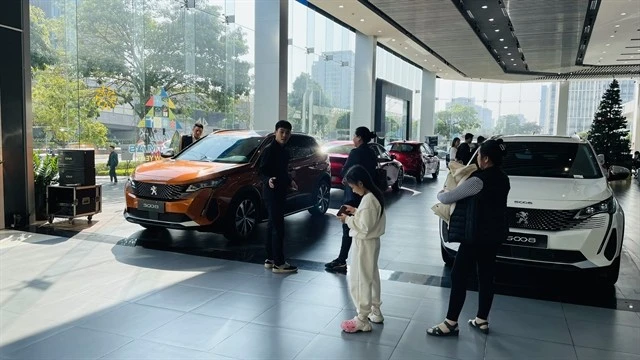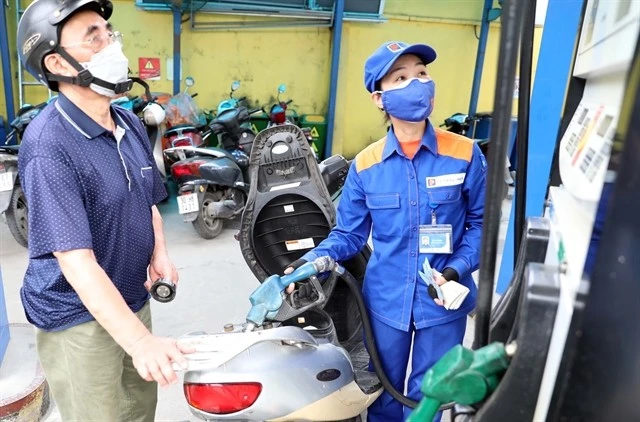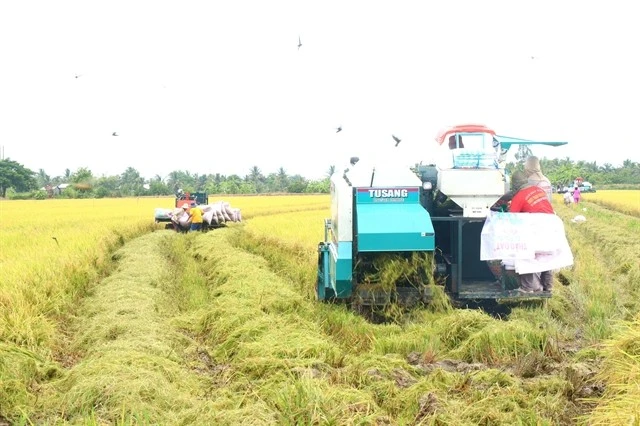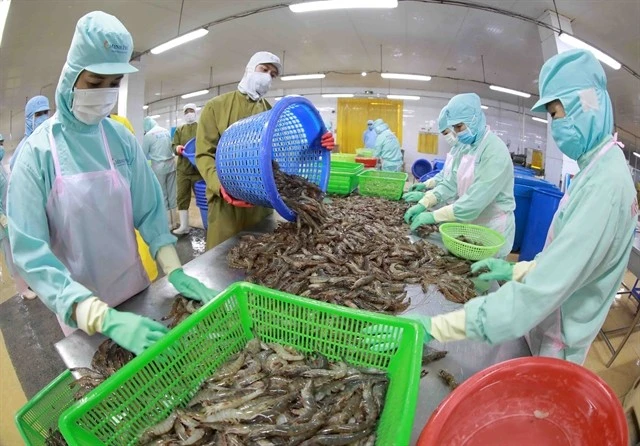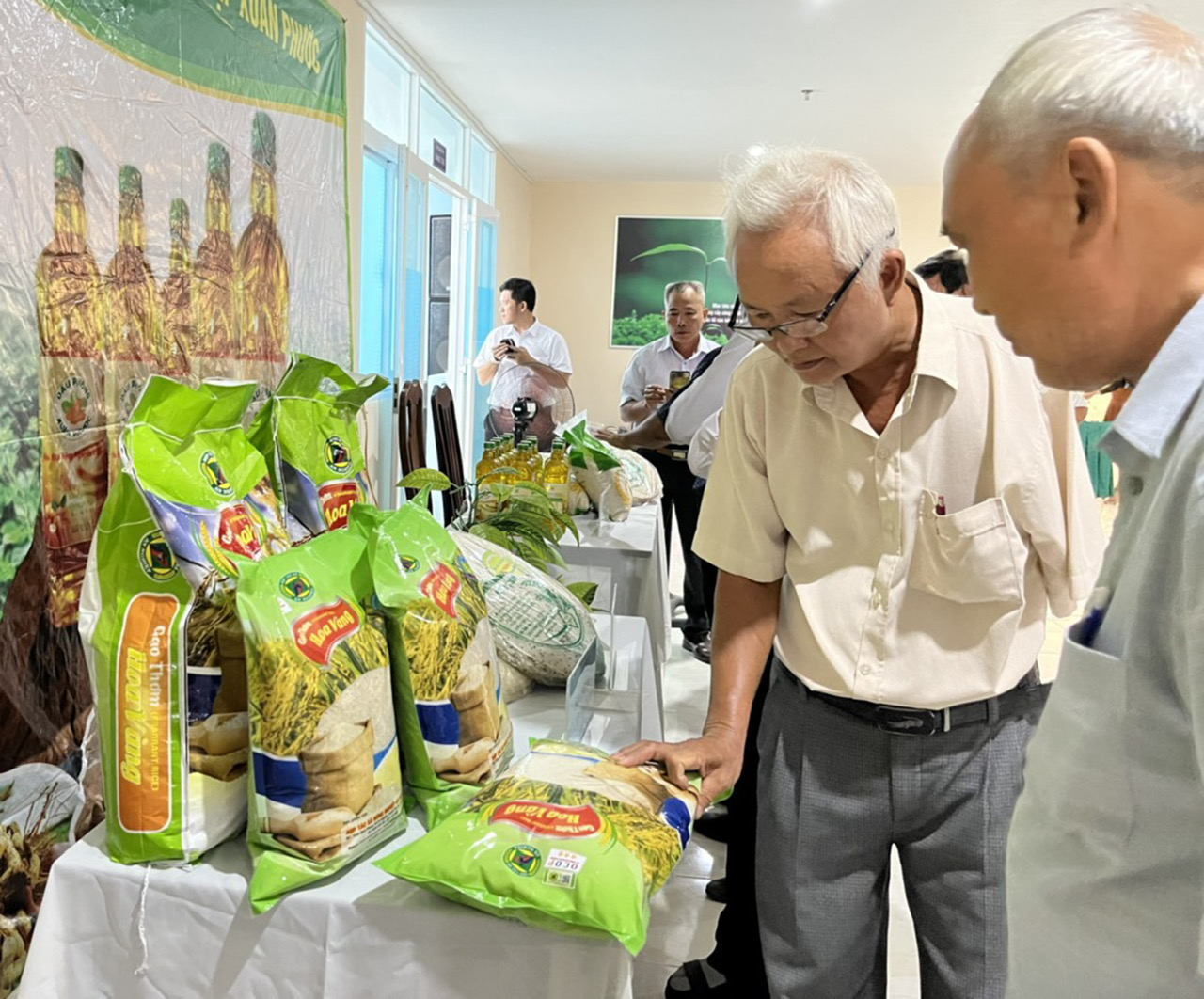To develop aquaculture in a sustainable direction, people in Phu Yen province have continuously invested in technology, converting traditional fish cages to environmentally friendly materials that are more durable and resistant to waves and wind.
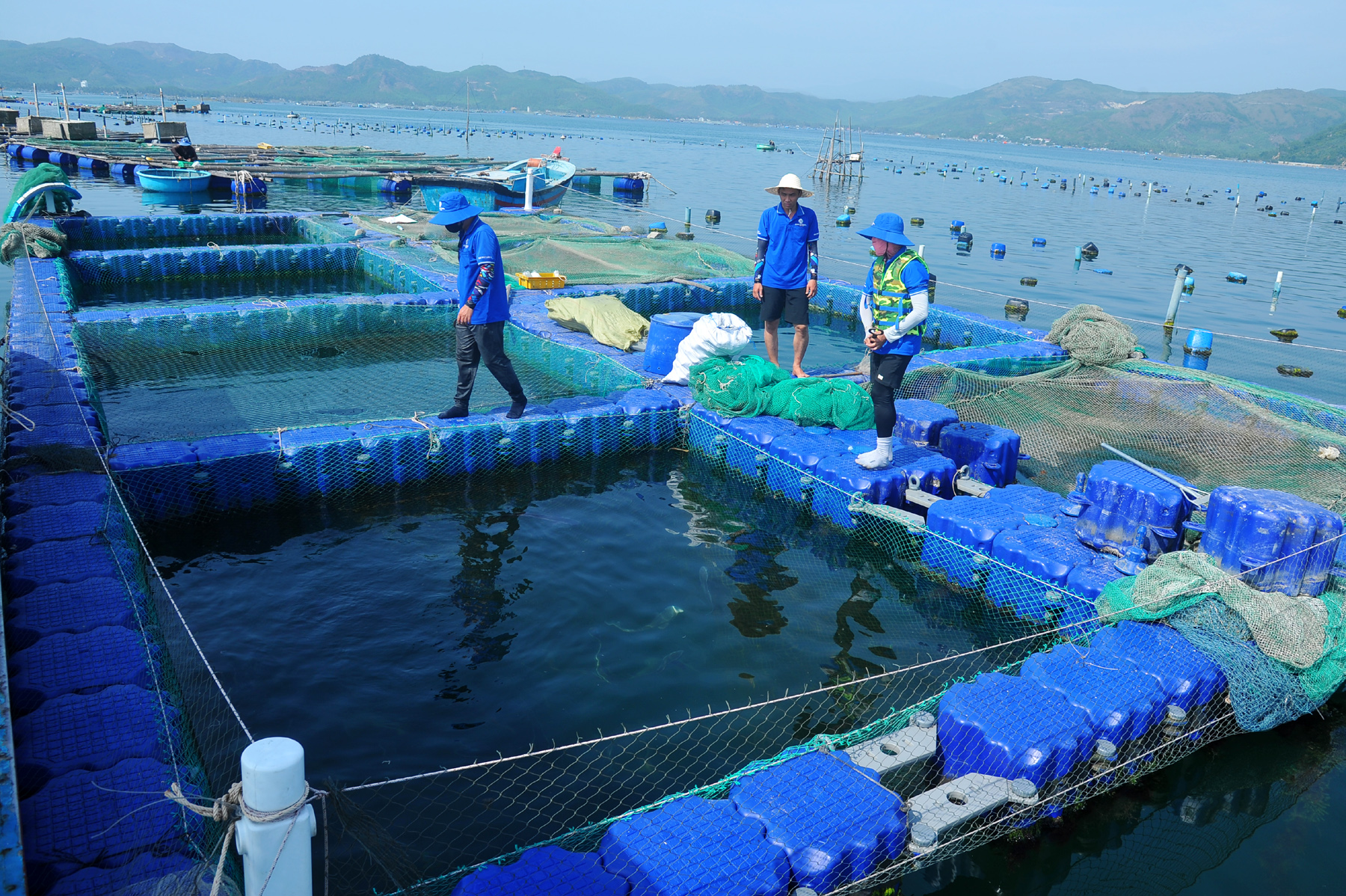 |
| Residents in Xuan Thinh commune (Song Cau town) have invested in new HDPE cages for aquaculture |
Phu Yen has a coastline of nearly 190km, with approximately 18,910 hectares of lagoons and bays, and over 2,000 hectares of tidal flats and estuaries… a region with great potential and strengths for aquaculture development. Aquaculture in Phu Yen has created jobs for over 16,500 workers, stabilized livelihoods, and provided high income for coastal communities. Annually, the province produces more than 11,000 tons of farmed seafood, supplying the domestic market and serving as raw material for export processing, with an annual production value of about 1,540 billion dongs. The achievements in aquaculture have contributed to the province’s socio-economic development and improved the quality of life for coastal residents.
To ensure sustainable development, the PPC has issued a master plan for aquaculture development in the period of 2021–2025, with orientation toward 2030. The objective is to conduct inventory and manage all aquaculture cages in lagoons, bays, offshore waters, and land-based farms to organize farming areas in line with environmental carrying capacity, ensuring effective exploitation and use of resources without conflict with other economic sectors. The province encourages the application of new and advanced technologies in aquaculture to increase productivity, quality, and product value. Integrated multi-species farming models are promoted to utilize natural feed resources and protect the environment. New technologies are being applied to cage materials for offshore farming, aiming for environmental friendliness and better resistance to storms.
Fishermen in the province have recently begun shifting from traditional, rudimentary cages to new HDPE (High-Density Polyethylene) cage. Mr. Pham Phuc from Xuan Thinh commune, one of the fishermen who have long been dedicated to aquaculture, shares: “My family has invested in 8 HDPE cages (each about 16m²) for cobia farming. So far, the cages have held up well after three years in use, enduring two stormy seasons. Although the initial investment is high (around 16 million dongs per 16m² cage), HDPE cages are very durable, resistant to strong waves and wind, and don’t require replacement after each storm season. My family plans to gradually switch our traditional lobster cages to HDPE ones.”
Investing in HDPE cages has proven to be highly effective, many households in the province are investing to shift to these new cages. According to Mr. Nguyen Quan Anh in Xuan Dai ward (Song Cau town), his family has invested nearly 2 billion dongs to transition from traditional cages to HDPE cages. He lets known: We currently have 10 round HDPE cages, each with a diameter of 16 meters. Although the investment is high, the economic efficiency is also high and more sustainable. These cages are highly durable, stable in the sea, and can last over 40 years. We are continuing to replace all 20 of our traditional lobster cages with round HDPE cages (8–10m in diameter) and square cage clusters (4–6 cages per cluster, each about 6m²).
Mr. Phan Tran Van Huy, Chairman of the People's Committee of Song Cau town, has proposed a solution: The town is currently arranging and allocating sea areas and water surfaces for cage aquaculture, aiming to eliminate unauthorized and illegal farming in lagoons and bays. The locality is also developing offshore farming zones covering about 1,380 hectares and investing in farming technologies suited to each species. Song Cau is also reorganizing 129 aquaculture community groups under a self-governance model that supports production, traceability, environmental protection, and security. Simultaneously, the locality is implementing a waste collection and treatment plan for aquaculture operations, investing in coastal infrastructure for aquaculture, and adapting cage systems to climate change.
According to the Department of Agriculture and Environment, Phu Yen's goal for marine aquaculture is to diversify farmed species suitable for the natural and environmental conditions of each sea area in the province. Main species include lobster, marine fish, oysters, mussels, seaweed, ornamental aquatic species, and ingredients for pharmaceuticals Rudimentary, unsafe, low wave-resistant cages are gradually replaced by environmentally friendly, more durable, and wave-resistant cage systems. Multi-culture and polyculture farming models (e.g., lobsters and fish combined with mollusks and seaweed) are developed to reduce environmental impacts. The use of fresh feed, which negatively affects the environment, is being phased out in favor of low-conversion-rate industrial feed to enhance production autonomy and environmental protection.


